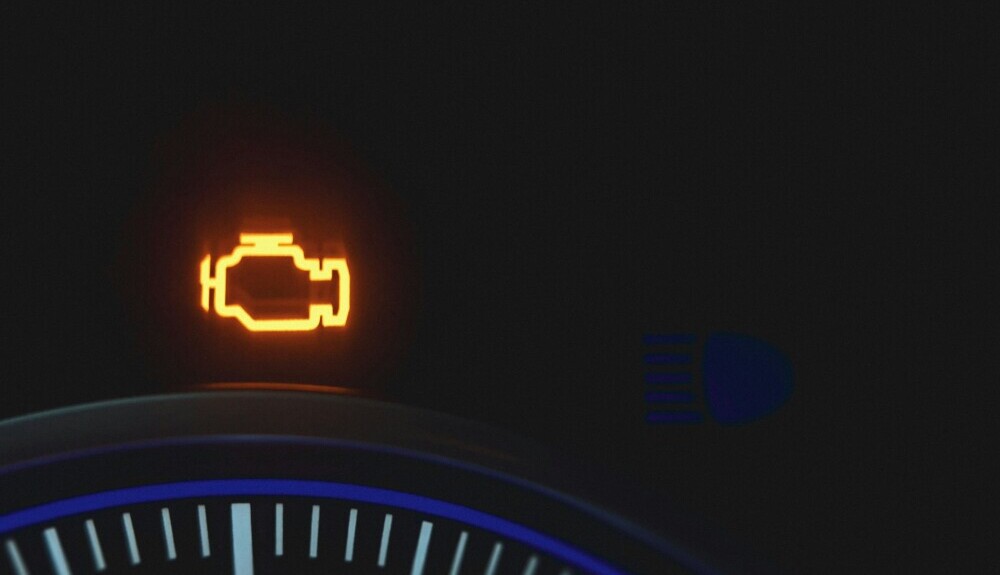
Would you prefer to listen to this article? Press play below:
Olivia was driving on her way to work. She was running late in part because of traffic along her usual route, but also because her daughter spilled breakfast everywhere…again. The mess had to get cleaned up. Her daughter was crying, her son was coloring on the wall, and her husband had to leave early for a meeting, which means she was alone and stress levels were rising. After dropping the kids off at day care, she headed to work, and pulling into the parking lot she noticed the check engine light was on. The next day, she takes the car to her local mechanic and receives the news she didn’t want to hear. The repair was going to cost $800…
We’ve all been there. Maybe you are there now. I was there numerous times in my 20s and early 30s. The car breaks down, there is a plumbing or electrical problem, something else breaks, and you know that you have to pick up the phone to call a repair person or take your car to the mechanic. That was $400 you were not expecting to spend…or $500…or $800. You’re balancing a mortgage, car loans, student loans, raising kids, coping with the rising cost of groceries and just about everything else. Why can’t you seem to just get ahead?
Olivia’s situation is not unique. In fact, it turns out 42% of Americans don’t have an emergency fund. Approximately 40% would not be able to cover an emergency of $1000. With nearly half of Americans living paycheck to paycheck, it is easy to see why so many people have little to no savings for emergencies. A sense of hopelessness can develop, compounding stress from simply trying to live life, and leading to a state of constantly feeling overwhelmed.
The good news is that it doesn’t have to be this way. Establishing an emergency fund provides a cushion between you and life. You get a little bit of margin between you and the next curve ball life will throw at you (and there will be a next one). In this guide, I’m going to walk you through some tips for creating your first $1,000 emergency fund that will help move you from stuck to strategic as you get a better handle on your finances.
Why $1,000 Matters Right Now:
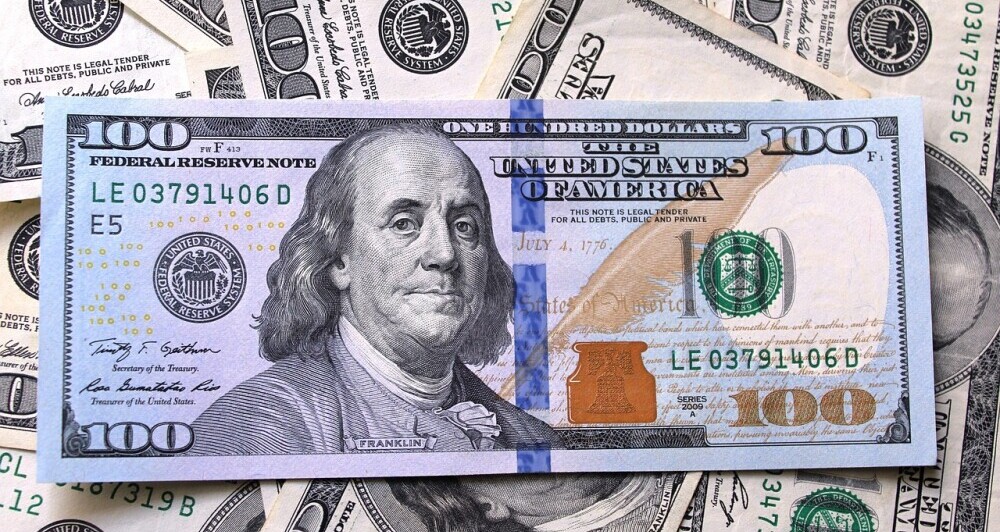 Let’s face it. Life isn’t getting any cheaper. It is difficult to name a single product or service that costs less today than it did when I graduated high school. This includes things like car repairs, plumbing or electrical problems, and even paying deductibles for insurance claims. I know $1,000 doesn’t seem as much as it used to, but it is still quite a significant milestone.
Let’s face it. Life isn’t getting any cheaper. It is difficult to name a single product or service that costs less today than it did when I graduated high school. This includes things like car repairs, plumbing or electrical problems, and even paying deductibles for insurance claims. I know $1,000 doesn’t seem as much as it used to, but it is still quite a significant milestone.
When you start with $1,000 as an emergency fund (Don’t worry. You won’t end here), you will have a little space between you and life. You will maintain a measure of peace as you will be prepared to handle minor emergencies. You will feel relieved when you won’t need to take out a high-interest loan to cover the expense. You will be able to absorb the impact, pick yourself up, and keep moving.
Financial stress can be overwhelming. Having navigated these challenges myself, I want to provide you with this guide on building your first $1,000 emergency fund so you can sleep better at night knowing you have a safety net forming between you and life. I have done every one of the following things you will read about, and if I can do it, you can do it too. I’m here to serve as a guide, so I encourage you to ask your questions in the comments section below if you need further guidance.
Your Quick Start Savings Strategies:
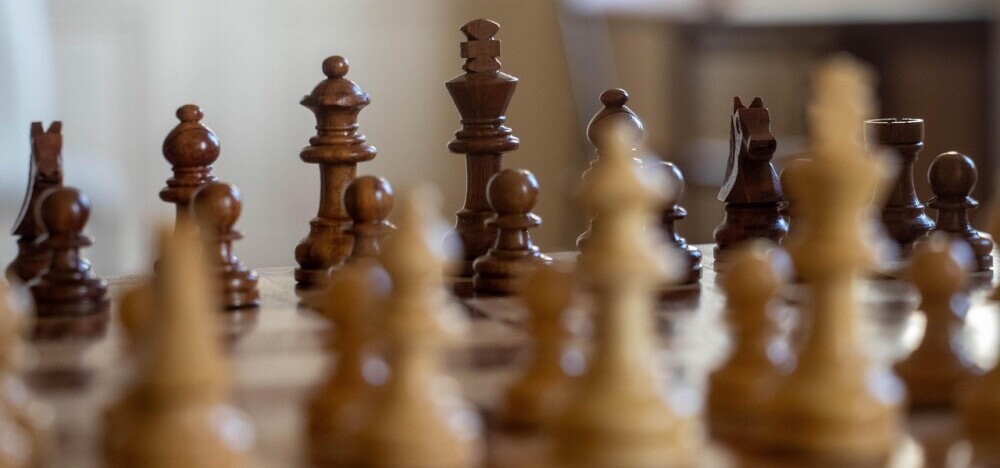 The following are five key steps to setting aside your first $1,000 in your emergency fund, and it is not as difficult as you might think. When done carefully and in the right order, these five key steps can have a massive impact on your finances over time.
The following are five key steps to setting aside your first $1,000 in your emergency fund, and it is not as difficult as you might think. When done carefully and in the right order, these five key steps can have a massive impact on your finances over time.
1. Track Your Spending
This is the place to start. It is critical you don’t skip this step. I know it can be hard to track your spending if you don’t already have a system for doing so. Tracking spending helps you see where your money is truly going. Many times we believe we know where our money is going, but without a system in place, we don’t really know where our money is going. So the first step is to track all spending. You can do this with good ol’ pen and paper in a notebook, in spreadsheets (I offer a free budgeting template), or through an app (I recommend Every Dollar). Tracking spending is the key to unlocking all of the next steps.
2. Identify Quick Cuts
When you know where your money is going, you are empowered to make decisions about where to make cuts in your monthly expenses. Did you order too many items on Amazon that you don’t actually need? Did you spend way more money eating out than you thought you had? Did you realize how many subscriptions you have but are only using a fraction of them? Knowledge is power. When you know how much you spend in one area, it enables you to make adjustments and save the difference! Let’s assume buying lunch five days per week costs $20/meal. That’s $100 every week at restaurants. That’s $400 per month! If you packed a lunch every day but once per week, that would save you $320! That’s one third of your starter emergency fund!
3. Consider Selling Unused Items
I don’t know about you, but I have a lot of junk around the house. I have collected things a little bit at a time over the years and most of it is stuff I haven’t touched in years. As I have gone through my own financial rehab journey, I identified things around my house that I no longer needed and decided to sell them. You might have stuff in your house that you can part with, so you may want to consider a garage sale or selling items through online platforms like Facebook Marketplace, eBay, Poshmark, and many others. Each platform has its own pros and cons and potential return on investment. A garage sale is easy, but usually yields less of a return. eBay is more difficult, but it usually yields a higher return. So do your homework and engage in what you feel comfortable with.
4. Give Your Income a Boost Through Side Hustles
If you are new to the term, a side hustle is simply the thing you do outside of your primary job to bring in extra income. There are thousands of resources online explaining side hustles and potential opportunities. But be warned: there is a lot of garbage out there promising quick fixes or unbelievable money for little time. If it sounds too good to be true, it probably is. I have sold things on eBay, drove for Amazon for a while, worked at a friend’s woodworking business, substitute taught, and more. A good side hustle can boost your income and help you get to that savings goal.
5. The Power of Small Wins
Our financial journey is a long one. It is a marathon, not a sprint. So it is important to celebrate small wins along the journey. After all, money is no fun when you can’t enjoy any of it! Small shifts can lead to massive outcomes. It may seem daunting to save $1,000, but I want you to give yourself a reasonable timeframe and break that down into small, manageable goals. For example, if you set a goal to post seven items for sale on eBay this week and you achieve that goal, reward yourself by doing something you enjoy. When I did this, I would give myself an extra 30 minutes of playing my favorite video game or something like that. Celebrating small wins keeps you engaged and encouraged over the long haul.
Where to Keep Your $1,000
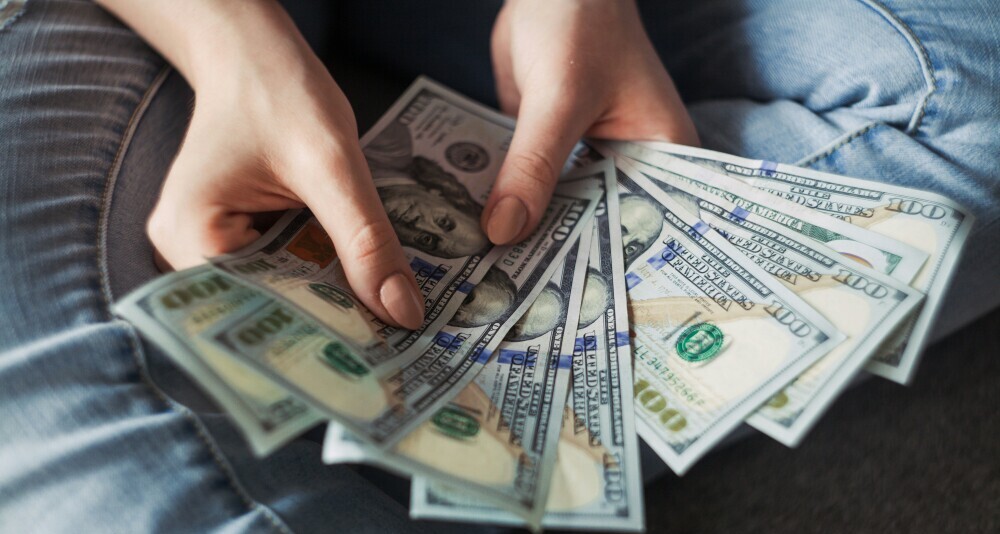 You want to carefully consider where to keep this emergency fund. Because it exists for emergencies, you want it accessible, but not too accessible that you might be tempted to use that money for other things. You want the cookie jar just out of reach so that you don’t take cookies from it every time you walk by it. Consider either holding it in cash in a safe or a lock box somewhere in your house or a separate bank account than your regular checking account. If you are comfortable not accessing that cash right away, you can place it in a high yield savings account and accrue interest as you build that buffer.
You want to carefully consider where to keep this emergency fund. Because it exists for emergencies, you want it accessible, but not too accessible that you might be tempted to use that money for other things. You want the cookie jar just out of reach so that you don’t take cookies from it every time you walk by it. Consider either holding it in cash in a safe or a lock box somewhere in your house or a separate bank account than your regular checking account. If you are comfortable not accessing that cash right away, you can place it in a high yield savings account and accrue interest as you build that buffer.
At this stage in the game, I have a fully funded emergency fund, but I have $1,000 in a separate checking account than my everyday checking account. It is just out of reach so that I don’t spend it, and in the event of an emergency that is less than $1,000 I can transfer that money from the second checking account to my primary account in seconds. I have become comfortable with this and it works for me. I know someone who keeps $1,000 cash in an envelope in a safe in his bedroom closet. Consider the risk and do what is comfortable to you.
Because this money is for emergencies, which by definition are unplanned, it is considered unwise to invest this money since you may need access to it quickly. We will get to investments later down the line. Remember, this money exists as a buffer between you and life. You don’t want to have to call your investment advisor to try to get a hold of some money in an emergency. That’s not a call you want to have to make in a crisis.
Staying Motivated on Your Way to $1,000
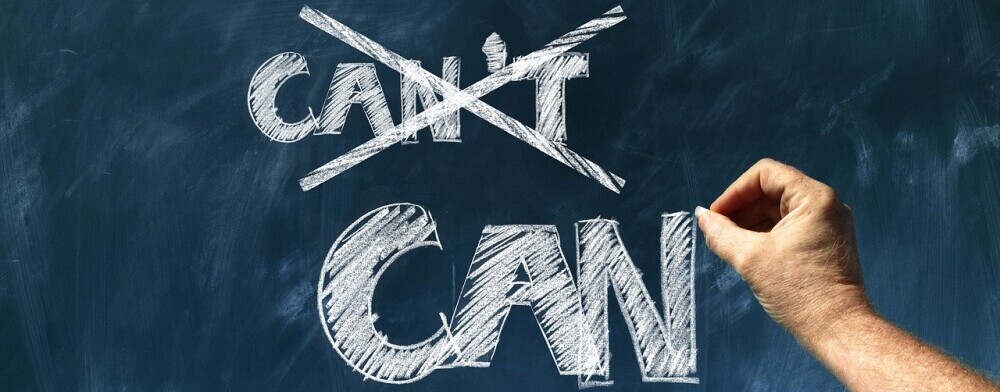 Setting aside $1,000 for a starter emergency fund is both the easiest step toward financial freedom and the hardest. It is the easiest because it can be achieved very quickly with some intentionality and tenacity. It is also the most difficult because it requires that you do something different. To stay motivated in this journey, break your goal down into small, achievable steps. Do you want to set aside $1,000 in 30 days? That’s $33.33 per day. Do you want to do it in 60 days? That’s 16.66 per day, or easily the cost of lunch at a restaurant per day.
Setting aside $1,000 for a starter emergency fund is both the easiest step toward financial freedom and the hardest. It is the easiest because it can be achieved very quickly with some intentionality and tenacity. It is also the most difficult because it requires that you do something different. To stay motivated in this journey, break your goal down into small, achievable steps. Do you want to set aside $1,000 in 30 days? That’s $33.33 per day. Do you want to do it in 60 days? That’s 16.66 per day, or easily the cost of lunch at a restaurant per day.
Visualize your goal. Remind yourself constantly of what it will feel like to have that goal accomplished. Remind yourself of the peace of mind it will bring. Will it solve all your problems or take away all your anxieties surrounding finances? No, but it may be the thing that helps you sleep a little better at night. Celebrate small victories. Remember to reward yourself for achieving your goals. Finally, bring others into the story. Share with them what you are doing and invite them to celebrate your wins with you. This will help you stay motivated on the journey.
Conclusion
Setting aside that first $1,000 in an emergency fund is an important step toward financial freedom and it is easier to attain than you might think. There’s a famous saying that originates from a Chinese proverb that says, “A journey of a thousand miles begins with a single step.” You don’t have to arrive at the destination today. You just need to take the next step in the right direction.
You can do this. Millions have been there before and live to tell the tale. If you feel stuck in your handling of personal finances, it’s okay. I’m here to help. Drop a comment in the comments section below or schedule a call where we can talk one-on-one about your situation. Let’s take the journey together.
